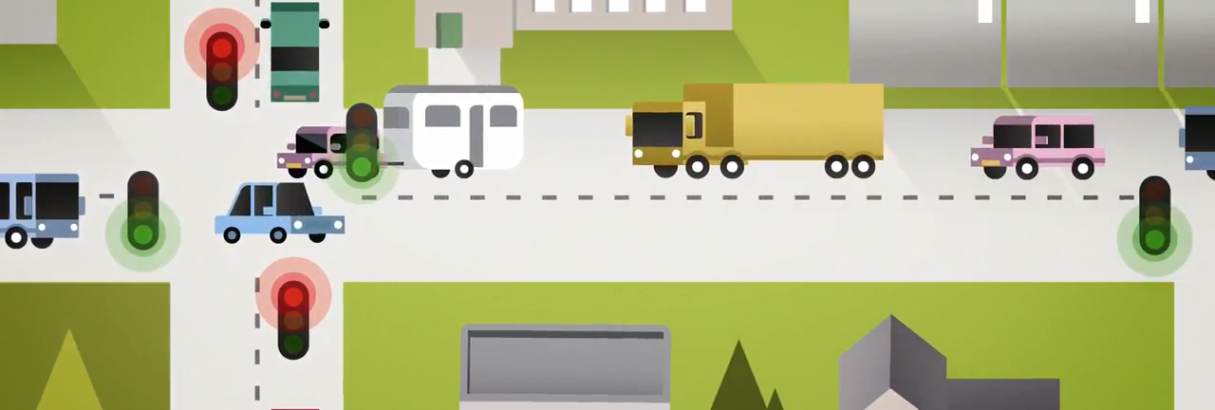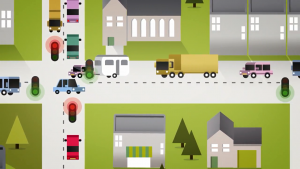SWECO – Controlling Traffic in the City of the Future #SWI2019
SWECO designs and develops societies and cities of the future. This consulting company advises in sustainable buildings, efficient infrastructure, and access to electricity and clean water. SWECO is the largest engineering and consultancy company in Europe, with over 15,000 employees.
The Mobility Solutions team of SWECO actively works on optimizing traffic flows in today’s cities, while preparing the city for a driverless tomorrow. Keeping cities accessible and moving is one of the biggest challenges road authorities face today. Urban areas contain millions of sensors, ranging from loop detectors embedded in the road to the increasing number of connected vehicles. Many of these sensors only serve one use case. With our product “Smart Traffic” we have developed software that is able to fuse all this data and use it for smart and efficient control of traffic lights. In addition, Smart Traffic also informs approaching drivers about scheduled green phases in advance, offering them the possibility to adjust their driving speed for a more efficient through the flow.
More information www.sweco.nl/smarttraffic
The Challenge
One of the activities of SWECO is the optimal management of traffic through intelligent control of traffic lights. The software application “Smart Traffic” manages traffic lights and optimizes traffic through flow based on model predictions of individual arrival times of vehicles. This software has been developed in the project “Self Organizing Traffic Light Control”, in which the intersection management software has complete freedom what to decide on basis of the actual traffic that arrives at the intersection. Currently, the software is intersection-based, meaning that it does not fully take into consideration that the intersection is part of a large network of intersections, for which traffic can be predicted on basis of vehicle detection and decisions at other intersection points. The question is how to further develop optimal traffic management, based on the current “Smart Traffic” controls, in such a way that a complete network of intersections can be optimized. At what scale, for example, do we need to look-ahead for optimal traffic management? What kind of optimization problem should we formulate and solve in a reasonable amount of time for this to work efficiently? These kinds of questions need to be answered in this challenge.



